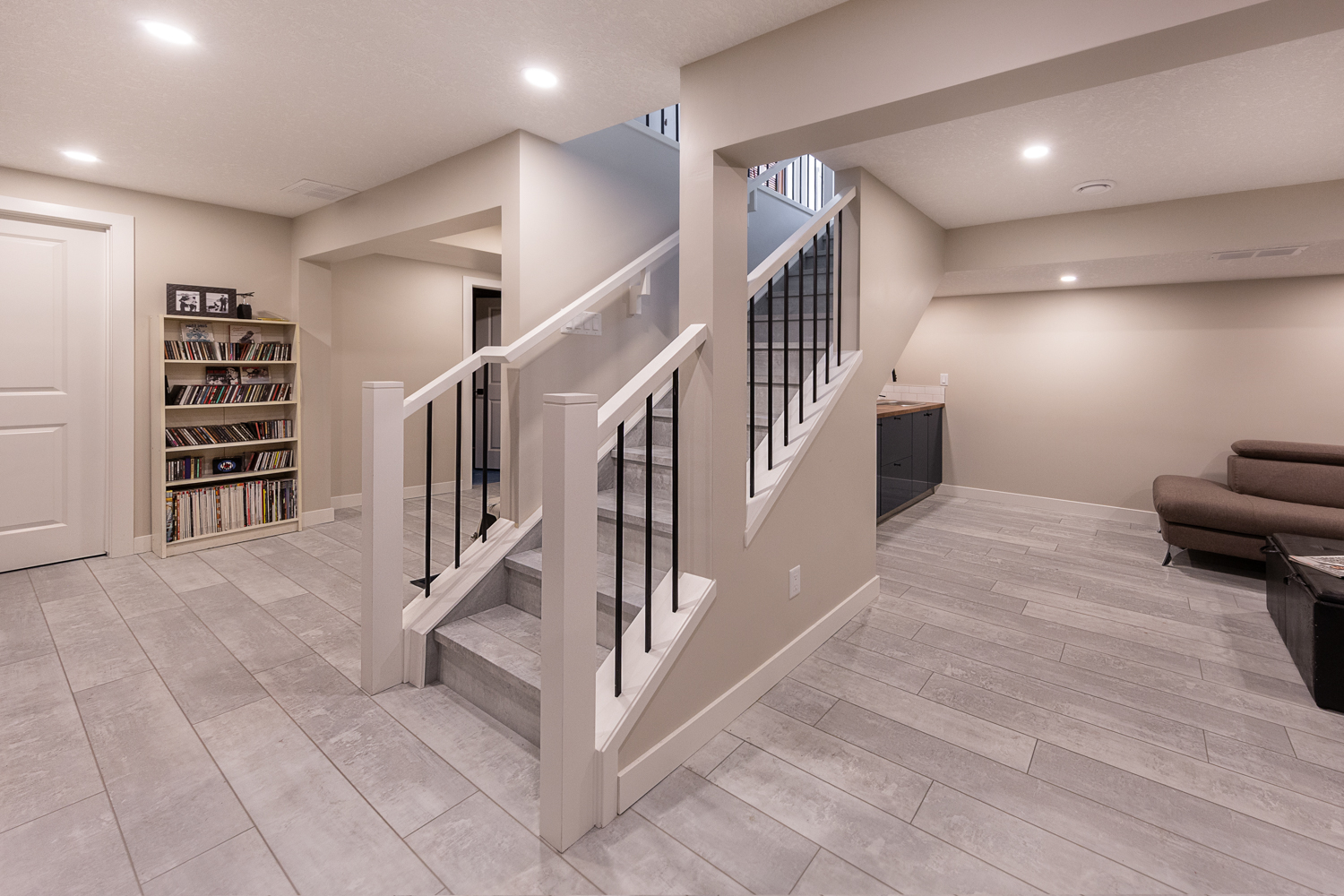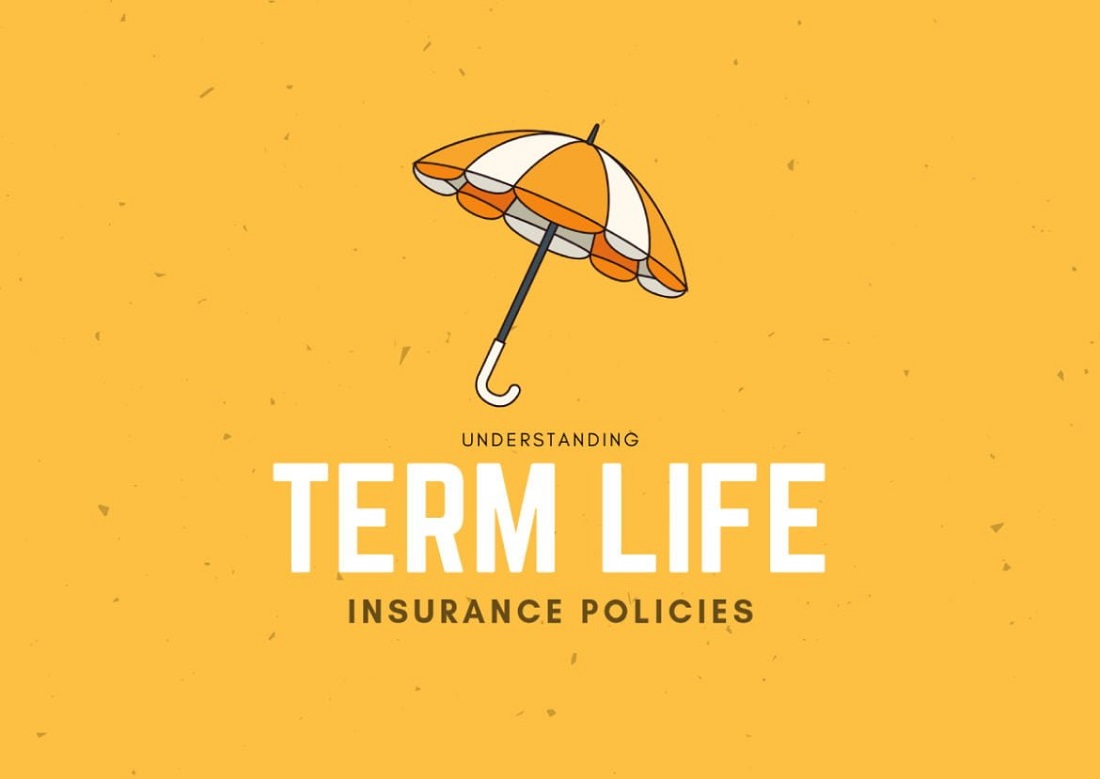Mortgages for young people were a financial product with a significant presence in the mortgage loan market a few years ago. However, today we hardly find this type of mortgage. We are going to analyze the reasons why they are practically disappeared from the market.
Go ahead that even in some financial entities, products are marketed under the slogan of young mortgages. Generally, these are products that are very similar to any other type of mortgage, except in terms of the age limits for contracting and some extra bonuses. These bonuses are given more by the application of grace periods, mixed interest periods, or similar issues rather than bonuses on spreads, although they can also be found.
However, if we take a look at the entire mortgage offer in our country today and compare it with just a decade ago, we see that the difference in the presence of these young mortgages is truly abysmal. In periods of maximum mortgage sales, young mortgages opted to support the personal finances of those under 30 years of age based on advantageous conditions. In any case, these advantageous conditions did not prevent a good part of these young mortgages from also ending up swallowed by the maelstrom of the mortgage crisis.
How were the young mortgages
It is difficult to establish an average that equals all the offers of young mortgages; it depends a lot on each entity, the type of market, and the moment at which the entities were directed.
However, if we find some keys present in the vast majority of these mortgage loans for young people, we are starting with the imposition of age limits for hiring, which were usually set at a maximum of 35 years and obviously at a minimum of 18 years.
Another key present in these mortgages was granting longer repayment terms than those applied to the average of traditional mortgages. In this sense, it must be borne in mind that we had average repayment terms of 35 years a decade ago, so it was not difficult to find young mortgages with repayment terms of up to 40 years.
From an interesting point of view, it is true that they used to have lower spreads than the average for traditional mortgages, but, at the same time, these spreads were not far from the best variable-rate mortgage offers for all profiles. If there was a difference in terms of interest rates, it was not a really substantial difference compared to other offers.
Lastly, it was a type of mortgage in which the possibility of choosing grace periods during the first years of the life of the loan was enhanced, along with options to combine periods at a mixed rate with periods at a variable rate.
Discover in this post the keys to succeed with the mortgage of your second home
What was the profile of the young mortgage?
Interestingly, the young mortgages from financial institutions were not really very affordable products. In other words, under a motto such as a mortgage loan for young people, it is possible to assume advantages not only in terms of the product, which it had, but also in terms of access, and this was not really the case. The demand to benefit from the discounts of a young mortgage was high and certainly did not correspond to the majority of young people looking for a home.
In addition to the age limits already mentioned, it must be taken into account that the financing limits were not generally higher than those of any traditional mortgage; that is, a sale price hardly exceeded 70% of the appraised value. This made it necessary to personally finance a significant part of the costs of purchasing a home, which must be added to the costs of establishing a mortgage. This was certainly not within reach of the majority of young people who had to seek alternative financing for those percentages that really meant a high outlay.
On the other hand, the required solvency levels were broad difficult to meet at a stage of life in which jobs are not so stable, and incomes are not so high. In other words, a profile of a young person with a permanent job and high income was sought, of course, a slightly different scenario from the reality of the young person in our country ten years ago.
Another very relevant issue was the enormous presence of the link with the entity from the contracting of mortgages. This link, required, is directly related to the discounts and advantages of the mortgage so that if the link was not fulfilled, these modifications were not given, or the mortgage could not be contacted directly. The list, depending on the entities, can be enormous and, starting from issues such as direct payroll debit, contracting accounts, cards, and insurance, could extend to contracting savings products, pension plans, a certain number of the card uses, and so on…
All this could perfectly mean that the costs derived from the financing far exceed the advantage that the mortgage discounts offered with respect to other proposals on the market without binding. Without forgetting that in many cases, the link also required permanence, with high penalties in case of not complying with the mandatory periods of permanence.
Of course, it is necessary to differentiate the mortgages that arose from the collaboration between financial entities and institutions. Young mortgages promoted by public entities could offer easier access to contracting the loan, and in many cases, they were subsidized and with advantageous agreements for young people. This must be clearly differentiated since it is treated in completely different scenarios, one specific campaign promoted by institutions and supported by financial entities, and two, a financial product to use.
In this article, we show you the best fixed-rate mortgages on the market.
What was good about young mortgages
The three pillars on which the benefits of young mortgages were based, according to the financial entities, were the following:
- Lower interest rates than the market average
- Longer repayment terms than those of traditional mortgages
- Possibilities (limited) to increase funding limits
To these three questions, we must add the possibilities of initial grace periods and some mortgages the option of combining fixed interest with variable interest for a period of time.
What was wrong with young mortgages
Probably the main disadvantage of these mortgages was that they were not really that different from any other variable rate mortgage. That is to say, the young user could go to these mortgage loans convinced of finding a product adjusted to his real need, but what he found was a mortgage with slight variations in two or three fields of its characteristics.
The access conditions, as we have already said, were not simple at all, and it adds that the financing limits did not reach percentages much higher than those of traditional mortgages. This generated a complex financial environment in which the young person either did not meet the characteristics demanded by the bank to contract the mortgage or was not capable of assuming 30% more mortgage expenses that the entity could not finance.
From the economic point of view, on the other hand, although they could be competitive mortgages in the application of interest rates, they were not exempt from commissions; what is more, in some cases, these commissions were higher than in traditional mortgages. Of course, to all this, we must also add the high levels of bonding to which we have referred and which could radically modify the final result of contracting a mortgage.
Why are there no mortgages for young people?
In the first place, it is not true that there are no mortgages for young people; in fact, cyclically, some financial entities launch commercial campaigns with this slogan. But it is also true that it is not much more than an aesthetic issue in which, with a slight variation, the aim is to bring a different user profile closer to the entity’s mortgage products.
As an independent product, the young mortgage is really missing. There is no single explanation for this fact initially; the mortgage crisis not only reduced the mortgage firm to historical lows but also brought with it the explosion of mortgage defaults, among which, of course, the young mortgage also had a presence and very noticeable.
In a context like this, it is understood that financial institutions are folding sails and trying to weather the storm by reducing the number of products and focusing on mortgages with very specific (iron) conditions in terms of access control and payment conditions. At a time when interest rates have reached historical lows, mortgages cover less financing and a shorter repayment term than ever, it is, therefore, difficult to seek differentiation from a young profile that will have a very difficult time meeting the requirements for access to a traditional mortgage, let alone a riskier or cheaper mortgage.
It should not be ruled out that this type of product will reappear on the market in the future. Depending on the evolution of SunCoast mortgages and the real estate market, it is even likely that in a reasonable period of time, the super specialization of mortgage loans will reach us again. Meanwhile, it does not matter how old you are; if you want to apply for a mortgage, you will have to normally resort to traditional mortgage products.






